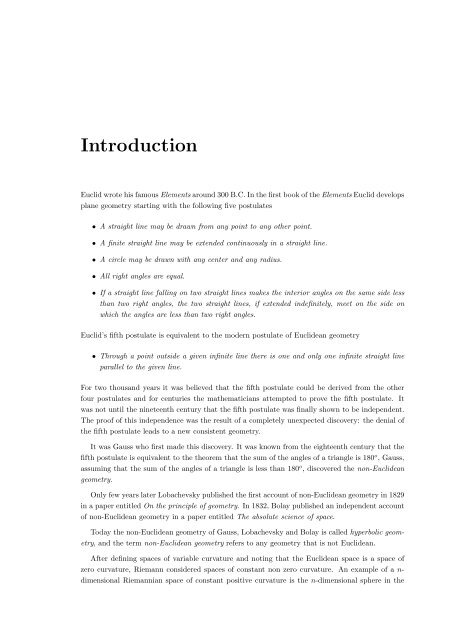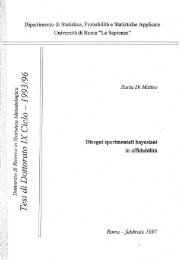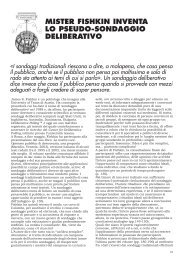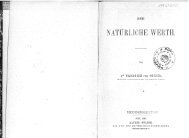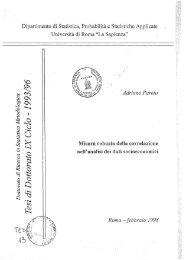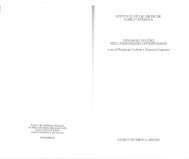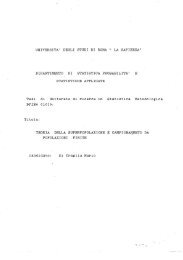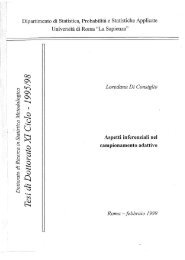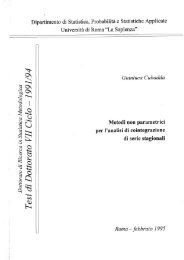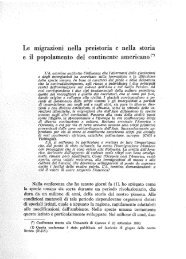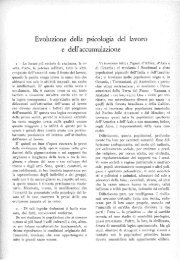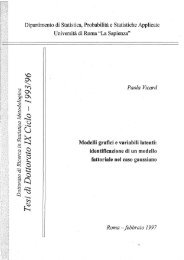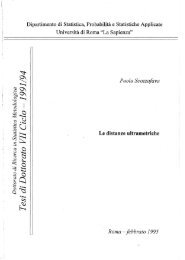Random Processes in Hyperbolic Spaces Hyperbolic Brownian ...
Random Processes in Hyperbolic Spaces Hyperbolic Brownian ...
Random Processes in Hyperbolic Spaces Hyperbolic Brownian ...
You also want an ePaper? Increase the reach of your titles
YUMPU automatically turns print PDFs into web optimized ePapers that Google loves.
Introduction<br />
Euclid wrote his famous Elements around 300 B.C. In the first book of the Elements Euclid develops<br />
plane geometry start<strong>in</strong>g with the follow<strong>in</strong>g five postulates<br />
• A straight l<strong>in</strong>e may be drawn from any po<strong>in</strong>t to any other po<strong>in</strong>t.<br />
• A f<strong>in</strong>ite straight l<strong>in</strong>e may be extended cont<strong>in</strong>uously <strong>in</strong> a straight l<strong>in</strong>e.<br />
• A circle may be drawn with any center and any radius.<br />
• All right angles are equal.<br />
• If a straight l<strong>in</strong>e fall<strong>in</strong>g on two straight l<strong>in</strong>es makes the <strong>in</strong>terior angles on the same side less<br />
than two right angles, the two straight l<strong>in</strong>es, if extended <strong>in</strong>def<strong>in</strong>itely, meet on the side on<br />
which the angles are less than two right angles.<br />
Euclid’s fifth postulate is equivalent to the modern postulate of Euclidean geometry<br />
• Through a po<strong>in</strong>t outside a given <strong>in</strong>f<strong>in</strong>ite l<strong>in</strong>e there is one and only one <strong>in</strong>f<strong>in</strong>ite straight l<strong>in</strong>e<br />
parallel to the given l<strong>in</strong>e.<br />
For two thousand years it was believed that the fifth postulate could be derived from the other<br />
four postulates and for centuries the mathematicians attempted to prove the fifth postulate. It<br />
was not until the n<strong>in</strong>eteenth century that the fifth postulate was f<strong>in</strong>ally shown to be <strong>in</strong>dependent.<br />
The proof of this <strong>in</strong>dependence was the result of a completely unexpected discovery: the denial of<br />
the fifth postulate leads to a new consistent geometry.<br />
It was Gauss who first made this discovery. It was known from the eighteenth century that the<br />
fifth postulate is equivalent to the theorem that the sum of the angles of a triangle is 180 o , Gauss,<br />
assum<strong>in</strong>g that the sum of the angles of a triangle is less than 180 o , discovered the non-Euclidean<br />
geometry.<br />
Only few years later Lobachevsky published the first account of non-Euclidean geometry <strong>in</strong> 1829<br />
<strong>in</strong> a paper entitled On the pr<strong>in</strong>ciple of geometry. In 1832, Bolay published an <strong>in</strong>dependent account<br />
of non-Euclidean geometry <strong>in</strong> a paper entitled The absolute science of space.<br />
Today the non-Euclidean geometry of Gauss, Lobachevsky and Bolay is called hyperbolic geometry,<br />
and the term non-Euclidean geometry refers to any geometry that is not Euclidean.<br />
After def<strong>in</strong><strong>in</strong>g spaces of variable curvature and not<strong>in</strong>g that the Euclidean space is a space of<br />
zero curvature, Riemann considered spaces of constant non zero curvature. An example of a ndimensional<br />
Riemannian space of constant positive curvature is the n-dimensional sphere <strong>in</strong> the


